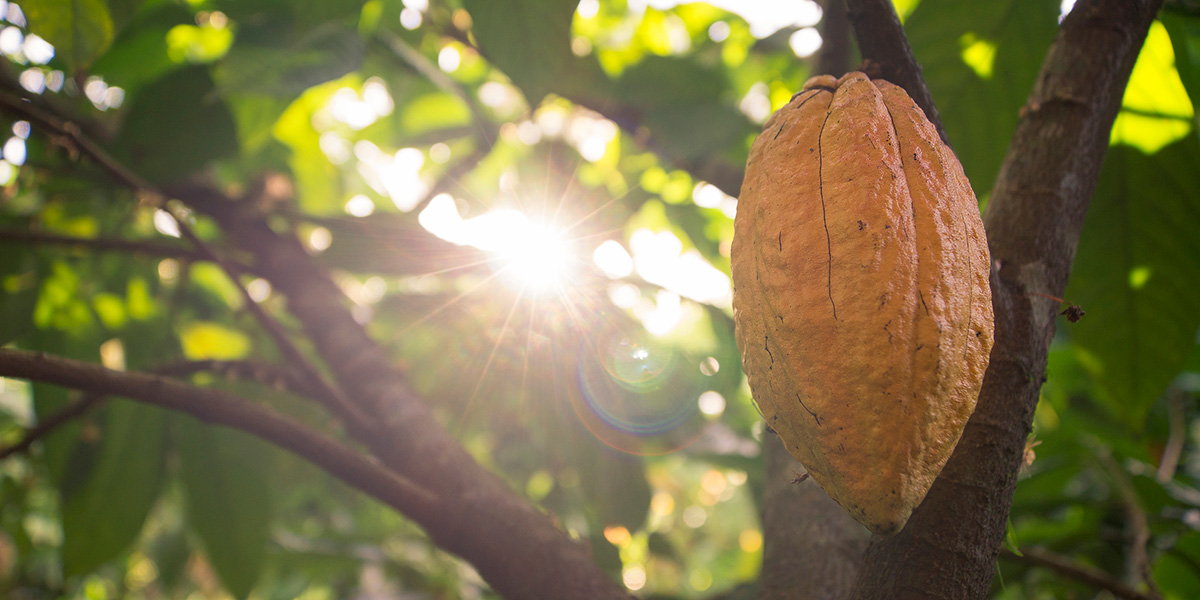For those of you who would prefer to listen:
That sweet tooth is getting increasingly more expensive to satisfy. The culprit this time: Chocolate.
Cocoa prices have tripled since last year due to a bean disease in West Africa. It’s not looking like prices will come down anytime soon. Cocoa supplies are down drastically. There’s no quick nor easy fix. Production has been curbed by severe weather and the crop disease in both Ghana and the Ivory Coast. Together, these nations are responsible for roughly 70% of global Cocoa production. Nearly 5 million tons of Cocoa were produced around the world last year. Supply shortages sent Cocoa futures prices surging well past $10,000 per metric ton this week. The price has increased 50% this month alone. In fact, Cocoa beans are now more expensive than Copper. That’s some hot chocolate.
The International Cocoa Organization now predicts a supply deficit of 374,000 tons for the 2023-24 season. That’s a 405% increase from the prior season. The recent price spike is likely fueled by panic buying from the large candy companies trying to secure supplies while they can. A candy company without chocolate is like a brewery without, you know, beer… It’s a big problem.
Farmers in Ghana sell their cocoa to the government under fixed contracts, which are set at the beginning of the season. Theft and smuggling are also likely to be happening now too. High prices tend to trigger all sorts of activity. The worst sticker shock will be found in dark chocolate because it has the highest cacao content.
The cocoa plant is rooted in the Amazon, believed to span back to 2,000 B.C. The Olmec, an early civilization in Latin America, are believed to be the first to turn the cacao plant into chocolate. The Mayans expanded the crops, being the first to grow cocoa plantations. They ground it into a mixture to put in water as a drink. Cocoa was also used as medicine, as well as a form of currency. The Aztecs grew cocoa too. Chocolate wasn’t always the sweet treat it is today. The words cacao and cocoa are often used interchangeably. However, cacao refers to the pure form of the bean, while cocoa is the processed powder.
The Spanish were the first to bring chocolate back to Europe during the Age of Exploration in the 16th century. It’s believed chocolate hit American shores in 1641, arriving in Florida. The first chocolate house opened in Boston in the 1680s. Hot chocolate became a popular drink with the kids in Colonial America. Cacao did not make it over to Africa until the 1800s, but eventually became the world’s largest grower.
Milton Hershey was a pioneer in the candy business. He started a candy company in 1894 in Pennsylvania. It was first called the Lancaster Carmel Company. He sold it in 1900 but kept his chocolate subsidiary. His first candy bar was sold in 1900 for a dime. The Hershey Kiss debuted in 1907. Chocolate was considered a treat for the rich at the turn of the century. Hershey made it available to the masses. It was wildly successful. Today, America is by far the largest market for chocolate. But if measured per capita, the distinction goes to Switzerland. The Swiss consume more chocolate per person than any other country. In fact, the US isn’t even top 5 in that category.
Hershey is the largest chocolate manufacturer in the world. Mars is a very close second. 7.5 Million tons of chocolate were sold last year. Supply simply can’t keep up with demand. It takes 270 beans to make a pound of chocolate. Each cacao pod holds approximately 30 beans, and they must be picked by hand. The Hershey Company keeps an average of 90 Million pounds of chocolate in its silos. Would you believe Hershey makes 80 Million Hershey’s Kisses every day? That is 1,300 every minute. That’s over 20 per second!
Easter is the third busiest time for chocolate consumption in America. No surprise, Halloween takes the top spot. The Holidays are next. The problem for the candy companies is they set their plans for this Easter, last year. The National Retail Federation predicts spending on candy and chocolates will slip this Easter. High prices are the stated reason as manufacturers try to pass on rising costs to consumers. Easter candy sales are expected to reach last year’s total of $5.4 Billion. This will almost certainly be driven by price increases, not volumes sold. We’re getting used to inflation. But it sure doesn’t mean we like it.
To address the inflation, food companies have been cutting down on packaging and sizing. You’ve no doubt noticed it. We have indeed been paying more for less. What’s also likely is candy companies promoting products with other ingredients. Reese’s Peanut Butter Cups (owned by Hershey) continues to be the top-selling candy bar in America. Expect to see a lot of peanut butter eggs this weekend. Peanut M&M’s might be gaining more customers this year. Non-chocolate Easter treats like cookies ‘n’ cream bunnies just might be this season’s go-to. Artificial flavors and chocolate substitutes will likely gain more traction. There’s already been an explosion of cocoa butter equivalents in circulation. The big question, will consumers buy it? You can see it now, the new marketing slogan: “I Can’t Believe It’s Not Chocolate!”
The Market closed out March and Q1 with a bang. I’m just finishing up the Spring Newsletter, mapping up where we are and where we think we are headed for the rest of the year. It will go out next week.
Have a nice weekend. Happy Easter to those who celebrate. The Market will be closed Friday in honor of Good Friday. Our office will be closed too. We’ll be back, dark and early on Monday.
Mike







